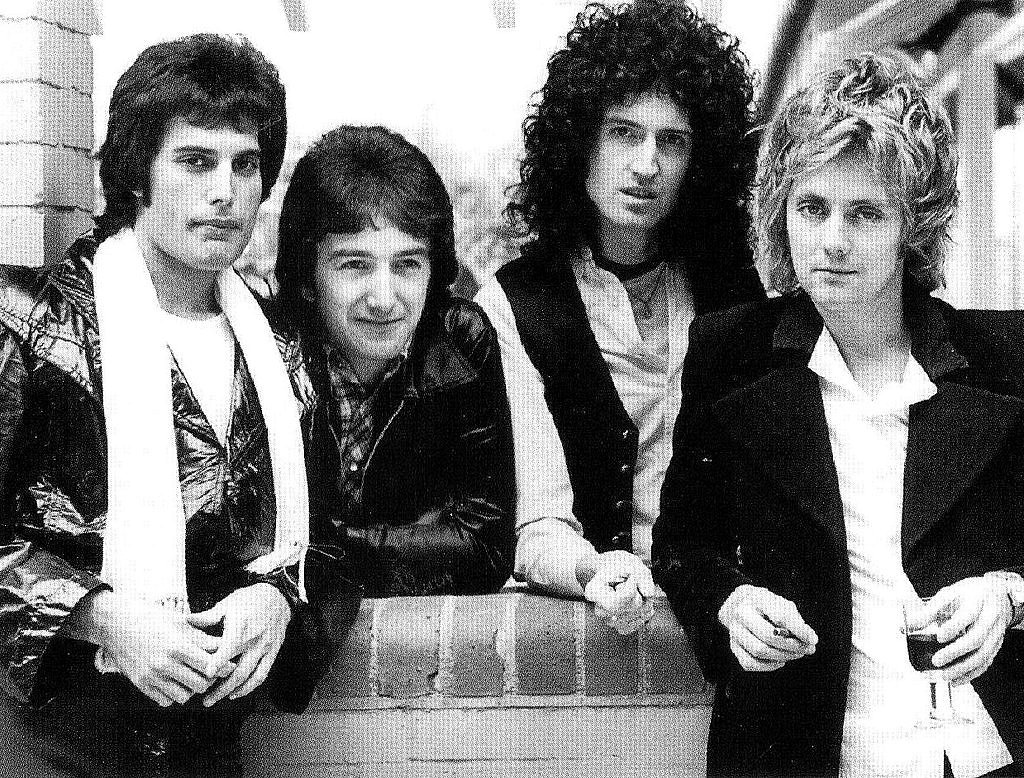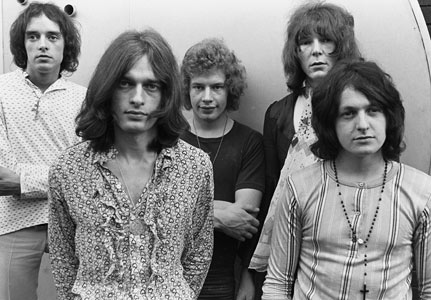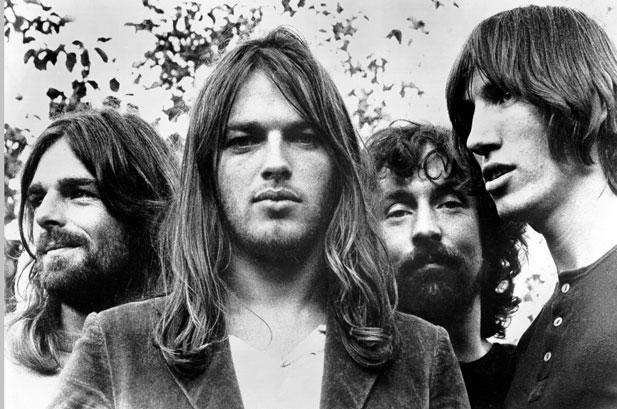2:36 PM CLASSICAL ROCK | |
In 1965 the Beatles began to explore the compositional use in rock music of multitrack recording, classical-type orchestrations, and avant-garde or experimental influences. The debut album by American experimental rock composer Frank Zappa’s Mothers of Invention followed in 1966, and in the next two years Caravan, Jethro Tull, the Moody Blues, the Nice, Pink Floyd, the Pretty Things, Procol Harum, and Soft Machine released art-rock-type albums. Much of this music combined roots in British Invasion manifestations of rhythm and blues or eclectic pop with psychedelic, avant-garde, or classical tendencies. From 1972 to 1974 Genesis, King Crimson, ELP, and Yes (all of whom debuted in 1969–70) turned out ambitious suites that filled album sides. In addition to the standard rock-band lineup (guitar, bass guitar, drums, and vocals), these groups often featured the Mellotron (a tape-loop-based keyboard instrument often used for orchestral sounds), organ, piano, and early synthesizers. Because of the prior experience of many art rock musicians in classical music and the availability of high-tech electronic supplements to traditional instruments, keyboardists such as Keith Emerson (ELP) and Rick Wakeman (Yes) moved from having supporting roles to making featured contributions.
Notwithstanding the appearance of the influential British art rock bands U.K. and Marillion in the late 1970s and early 1980s, respectively, and the continued presence of Genesis, King Crimson, Yes, Pink Floyd, and ELP in various incarnations, for the most part art rock tendencies were continued beyond the mid-1970s by British and American pop rock and hard rock groups such as Asia, Boston, Foreigner, Journey, Kansas, the Alan Parsons Project, Queen, Steely Dan, Styx, and Supertramp and the Canadian band Rush. “Arty” 1970s and ’80s British pop rock artists such as Roxy Music, Peter Gabriel, and Kate Bush and the 1980s and ’90s American heavy metal bands Metallica and Dream Theater also explored a number of stylistic features earlier associated with art rock. The experimental rock of eccentric late 1960s and ’70s musicians such as Captain Beefheart, the Velvet Underground, and Frank Zappa also often included progressive rock tendencies, although somewhat more haphazardly than was the case with art rock bands. Ambient composer, rock producer, and former Roxy Music member Brian Eno’s late 1970s and early 1980s collaborations with the American rock band Talking Heads and with the eclectic British rock singer David Bowie are also exemplary of the successful infusion of art rock tendencies into other popular music genres. The 1970s, ’80s, and ’90s music of the American performance artist Laurie Anderson and the 1990s music of the American singer-songwriter-pianist Tori Amos were similarly infused. However, much of Eno and Anderson’s work is also related to the minimalism that was so influential in the “art” music of the late 1960s and ’70s and to the “pop-minimalism” of 1990s techno music. Encyclopedia Britannica | |
|
| |
| Total comments: 0 | |
 Art rock
Art rock Art rock often featured complicated and frequent rhythm changes, imaginative lyrics (including sociopolitical or science-fiction themes), and unified, extended compositions (often in the form of “concept albums”). Classical instrumentation (including symphony
Art rock often featured complicated and frequent rhythm changes, imaginative lyrics (including sociopolitical or science-fiction themes), and unified, extended compositions (often in the form of “concept albums”). Classical instrumentation (including symphony 